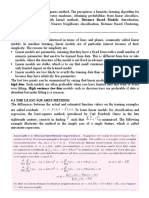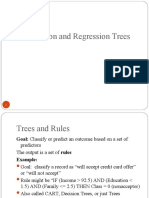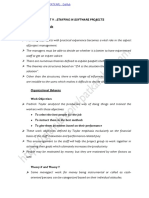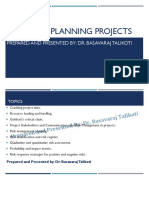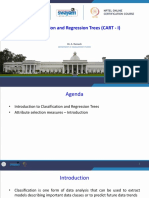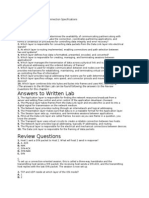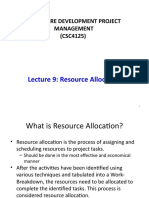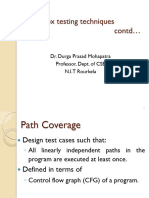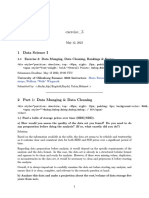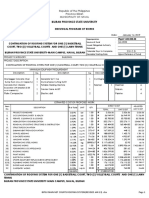0% found this document useful (0 votes)
331 views15 pagesLecture 17-Critical Path Method
The Critical Path Method (CPM) is a project management technique that identifies critical activities with the least scheduling flexibility to predict project duration. It utilizes graphical representations and two approaches: Activity On Node (AON) and Activity On Arrow (AOA) to analyze project timelines. Key concepts include early and late start/finish times, slack time, and the identification of the critical path, which is essential for timely project completion.
Uploaded by
aslammbilal61Copyright
© © All Rights Reserved
We take content rights seriously. If you suspect this is your content, claim it here.
Available Formats
Download as PDF, TXT or read online on Scribd
0% found this document useful (0 votes)
331 views15 pagesLecture 17-Critical Path Method
The Critical Path Method (CPM) is a project management technique that identifies critical activities with the least scheduling flexibility to predict project duration. It utilizes graphical representations and two approaches: Activity On Node (AON) and Activity On Arrow (AOA) to analyze project timelines. Key concepts include early and late start/finish times, slack time, and the identification of the critical path, which is essential for timely project completion.
Uploaded by
aslammbilal61Copyright
© © All Rights Reserved
We take content rights seriously. If you suspect this is your content, claim it here.
Available Formats
Download as PDF, TXT or read online on Scribd
/ 15

